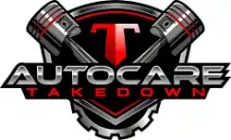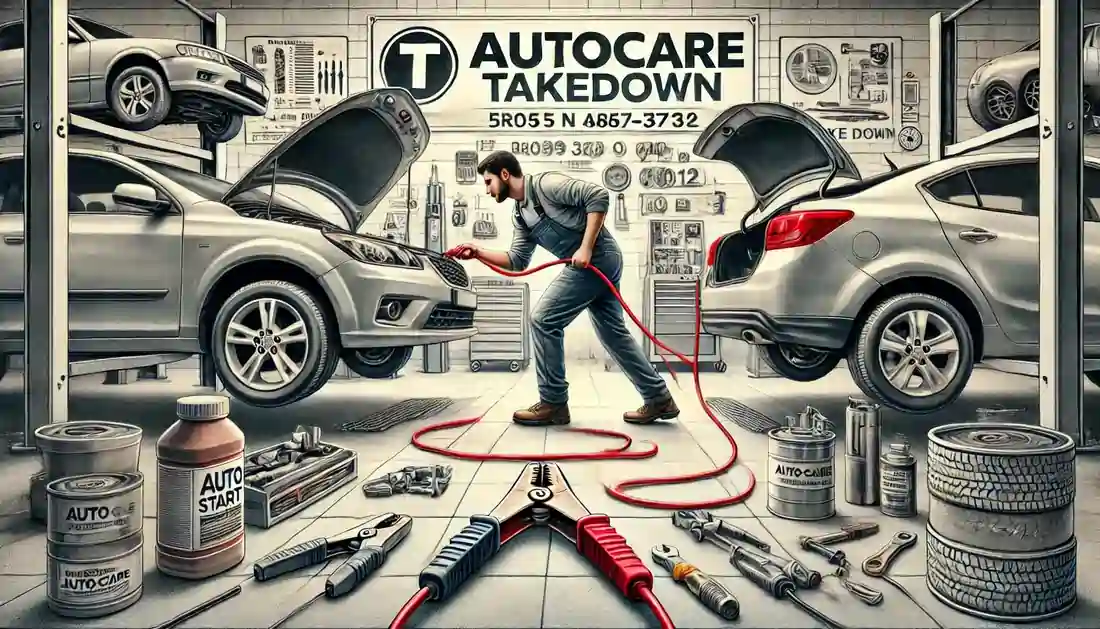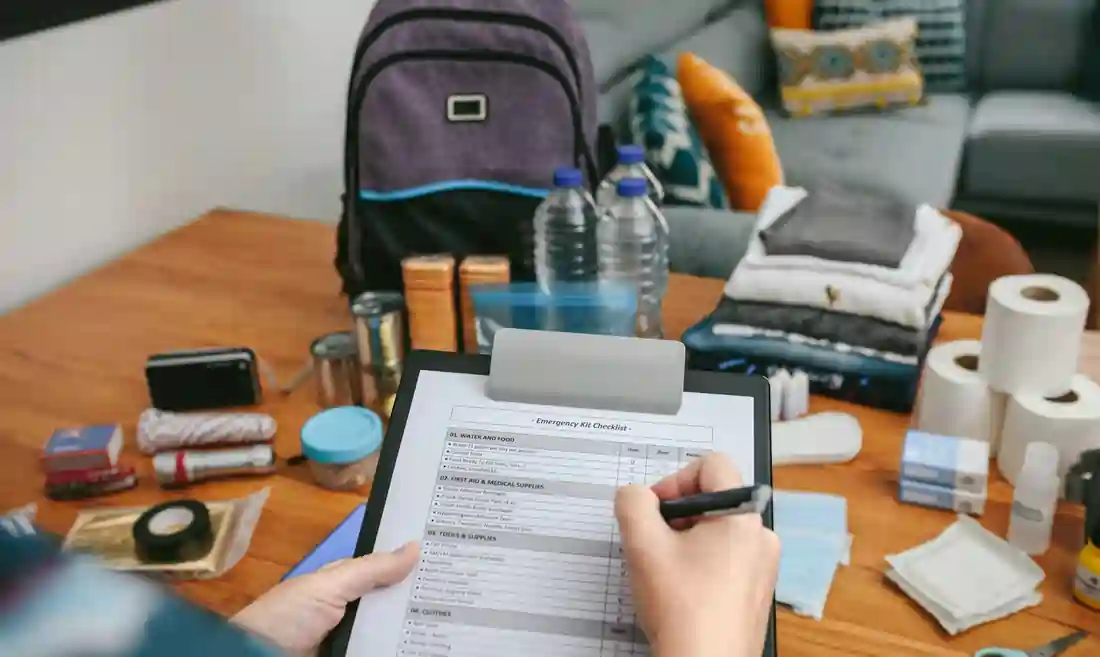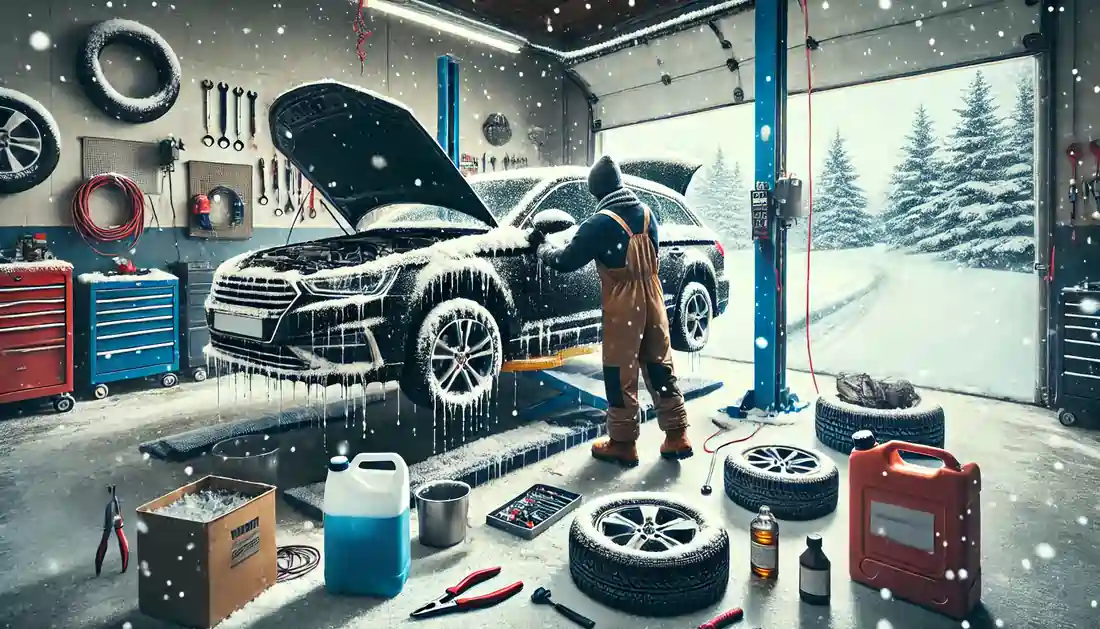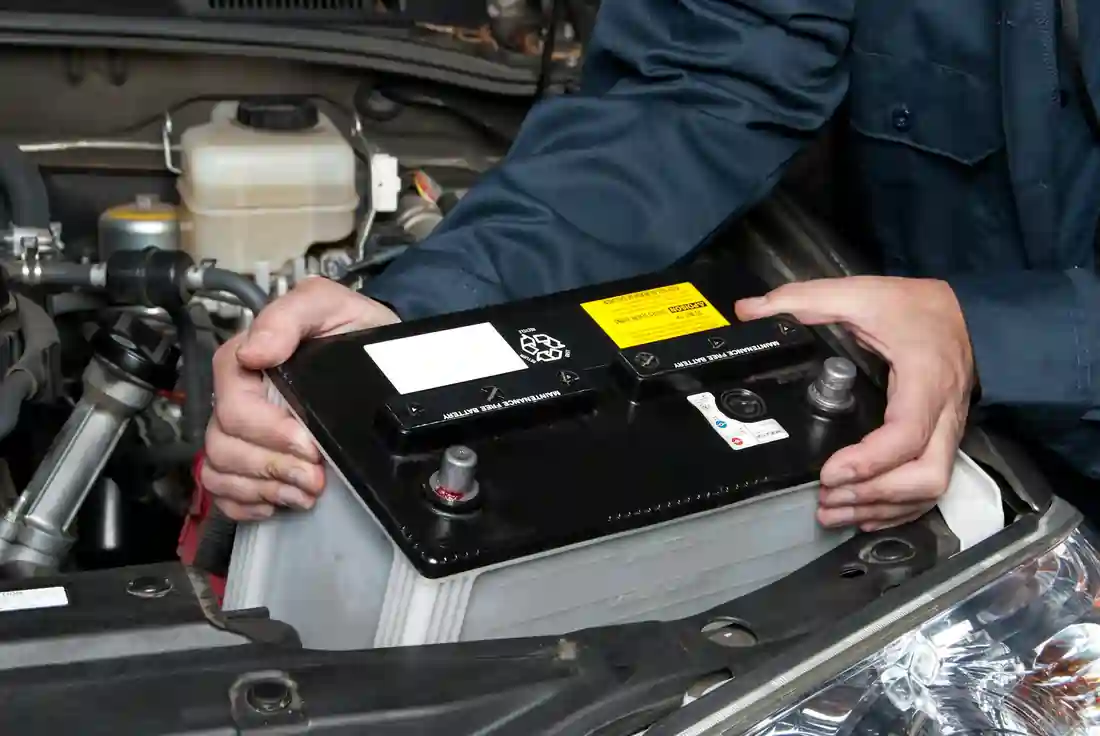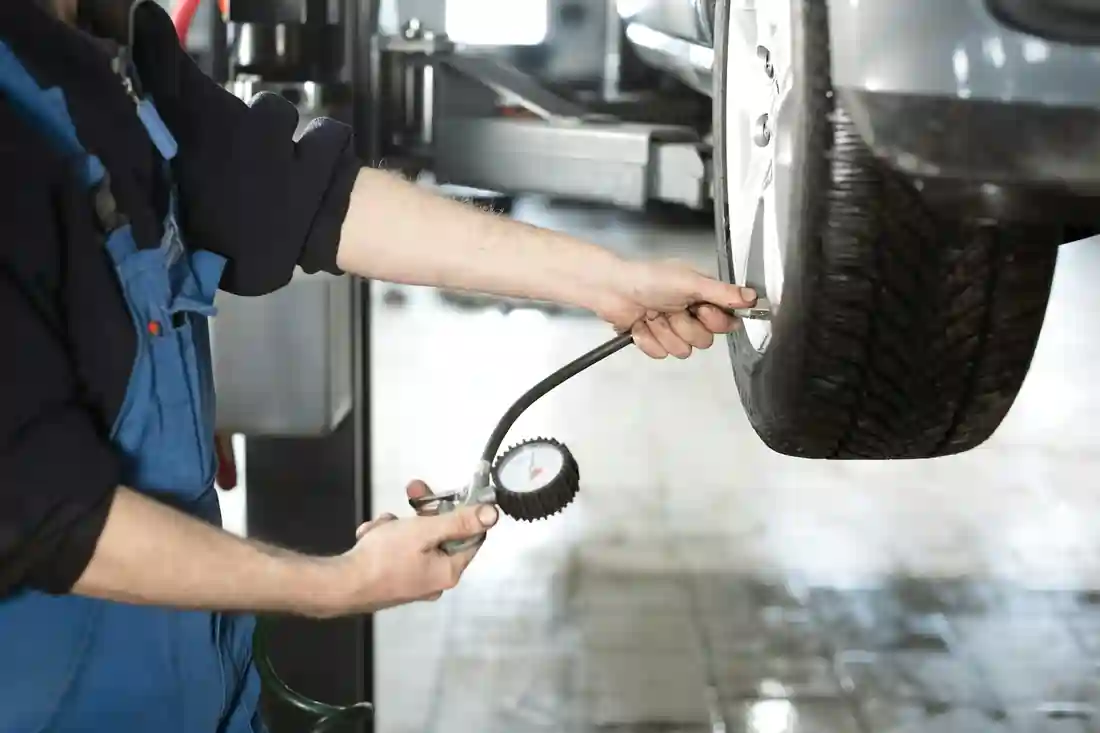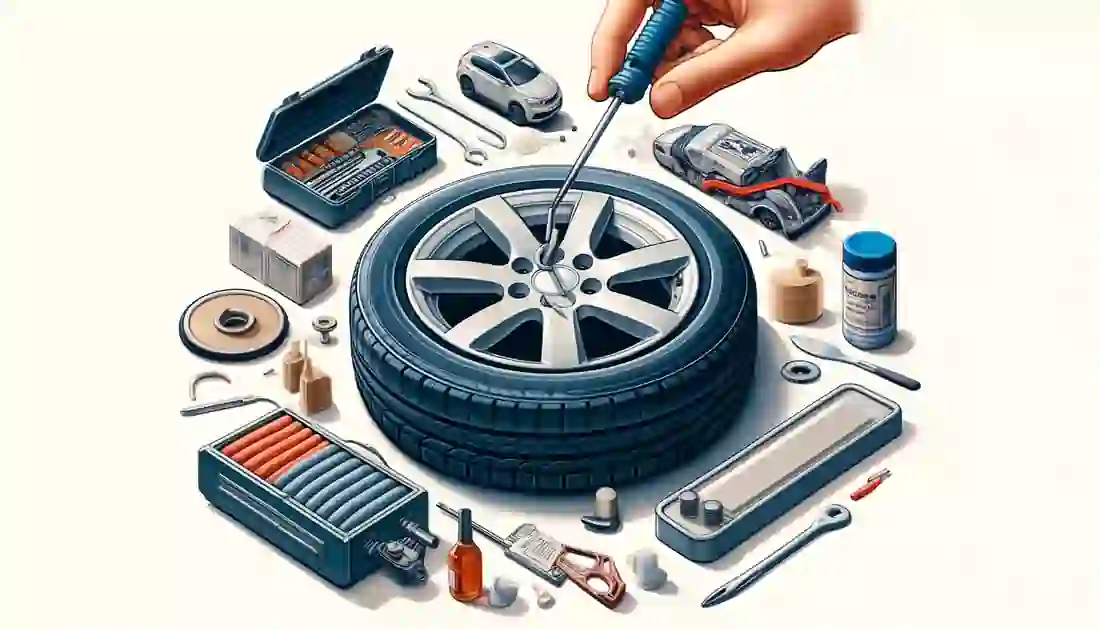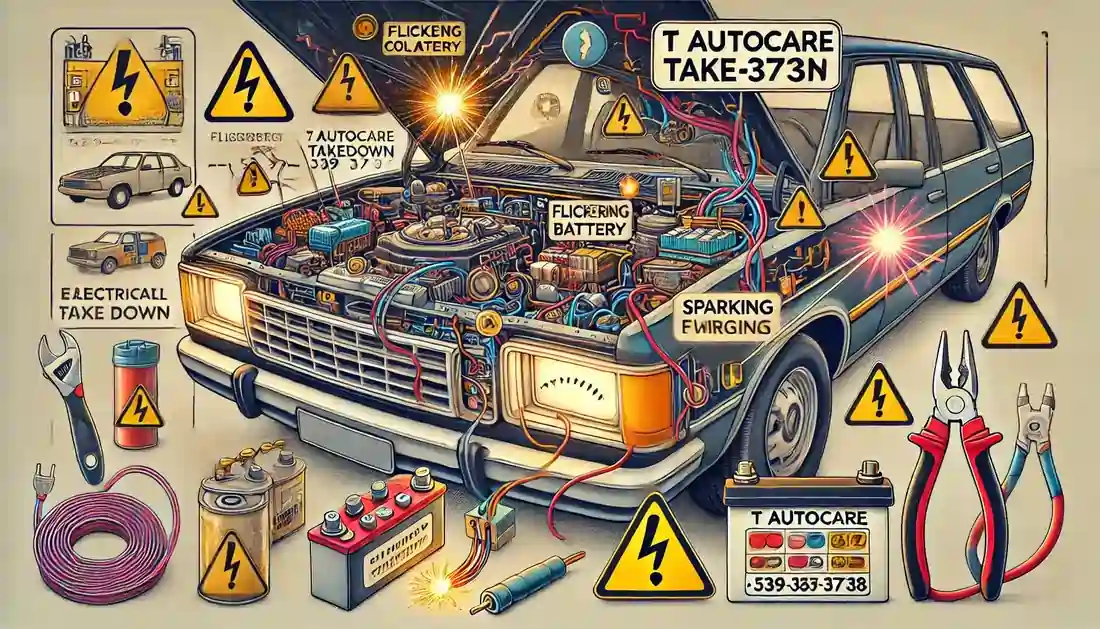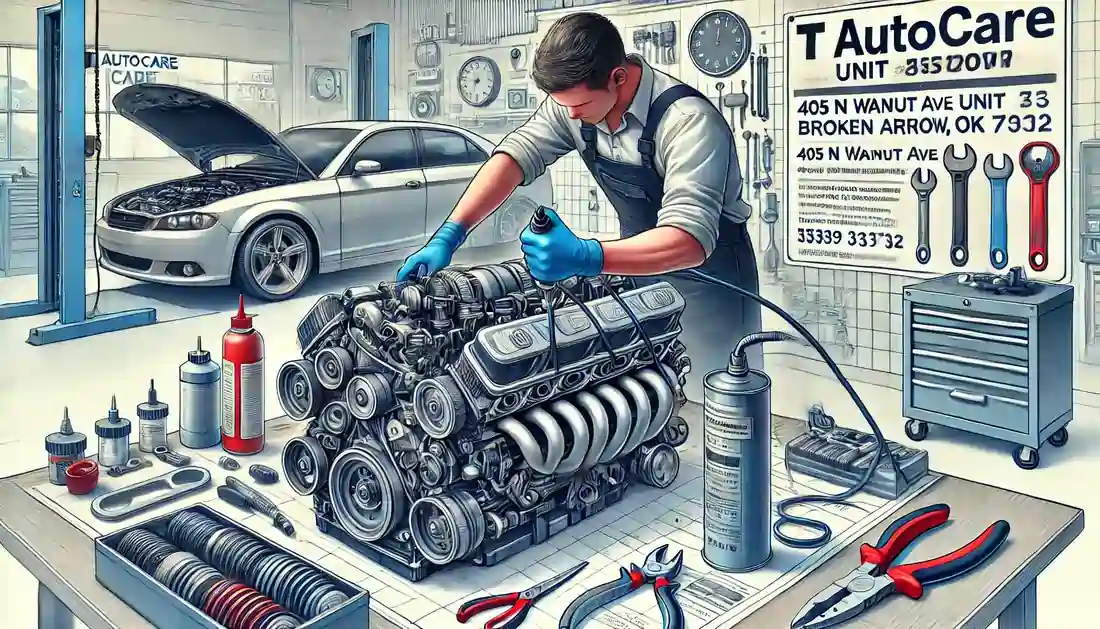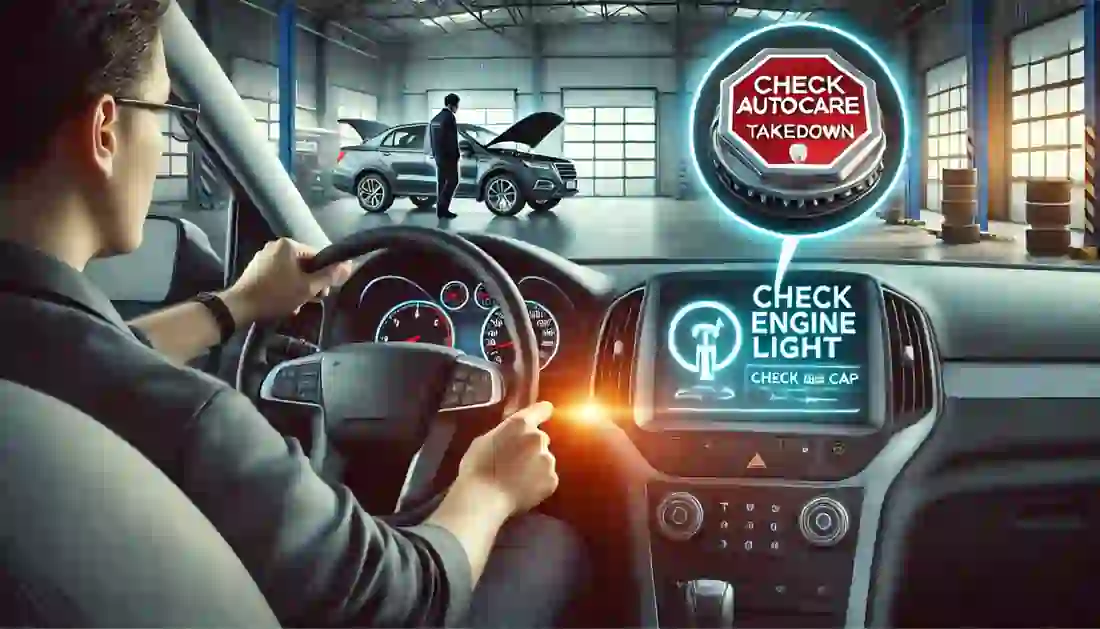Taking care of your car goes beyond routine maintenance. It’s about being ready for the unexpected. Whether it’s a flat tire or a dead battery, having the right tools can save time and money. Even if you’re not a mechanic, you can handle small repairs with a few basic tools. These tools will also help you stay safe during emergencies.
In this guide, we’ll cover the must-have tools for every car owner. With these, you’ll be prepared for anything, from simple fixes to on-the-road issues. Let’s get started!
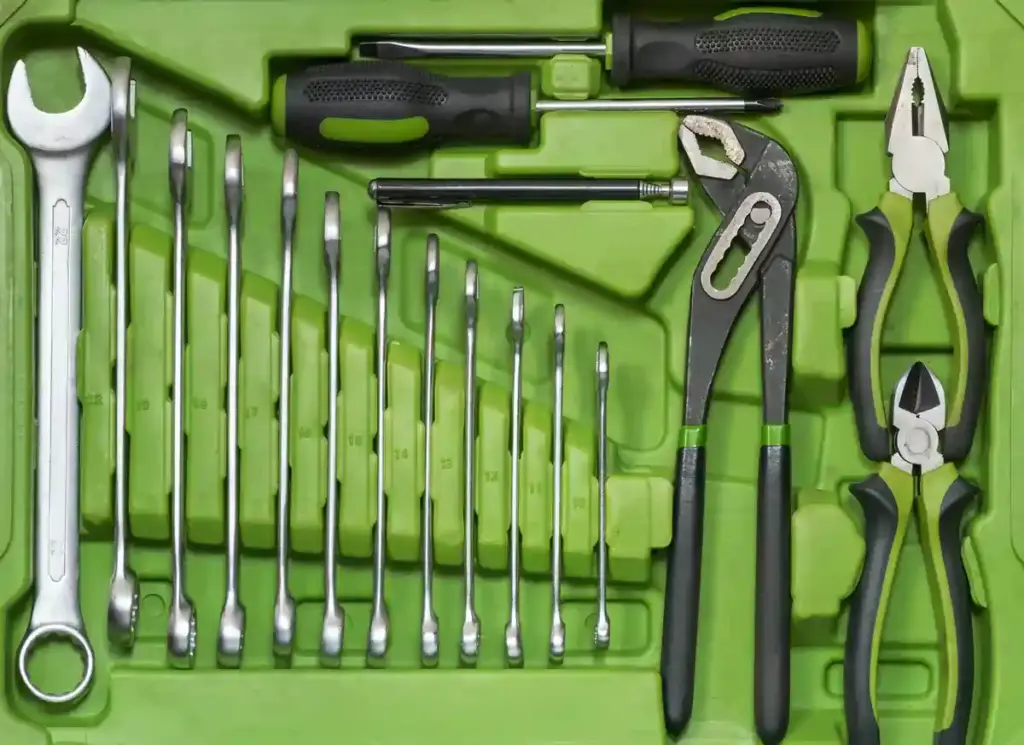
Essential Tools for Every Car Owner:
Handle Small Repairs with Confidence
Many car owners like to handle simple repairs themselves save money on their car maintenance budget. Whether it’s replacing a battery, tightening a loose bolt, or changing a headlight, having the right tools can make these tasks easy and manageable. While some issues may require professional help, there are many minor repairs you can handle on your own.
This guide focuses on tools that help you take care of small, everyday fixes. It also touches on a few essentials for on-the-road emergencies, though we cover those in more detail in our dedicated post about car emergency kits. With these tools, you’ll be ready to tackle simple repairs and be better prepared for unexpected situations.
Here are the tools we recommend:
1. Socket and Ratchet Set
A socket and ratchet set is one of the most useful tools you can have. It helps you easily loosen or tighten nuts and bolts on your car. With the right socket size, you’ll be able to handle a variety of tasks, from changing a battery to replacing parts under the hood. You might even use it to replace a timing belt, which is a more advanced repair but still possible with the right tools. A good socket set makes all kinds of jobs easier and faster.
When choosing a set, make sure it includes both metric and standard (imperial) sizes. Some car parts use metric measurements, while others may use standard. Having both means you’ll be ready for any job. It’s also a good idea to get both deep and shallow sockets. Shallow sockets are great for tight spaces, while deep sockets are perfect for reaching nuts that are harder to get to.
A ratchet handle allows you to turn the sockets quickly without having to take it off the bolt each time, which makes your work go faster and easier. Look for a ratchet with a comfortable grip, so it’s easier to use over longer periods.
2. Screwdriver Set
A good screwdriver set is a must-have for any car owner. You’ll use it for all sorts of tasks, like removing interior panels, tightening loose screws, or even changing a car battery. Having a variety of sizes and types will make your life a lot easier when working on different parts of your vehicle.
Make sure your set includes both flathead and Phillips head screwdrivers. The flathead is great for prying things apart or working with older screws, while the Phillips head fits the more common cross-shaped screws. By having a few sizes of each, you’ll be ready for small, delicate jobs and bigger tasks too.
Some screwdrivers even come with magnetic tips, which help hold screws in place so they don’t get lost in tight spaces. Look for screwdrivers with comfortable, non-slip handles, especially if you’ll be using them for longer periods.
3. Pliers
A set of pliers is a must-have for any car owner. Pliers are perfect for gripping, bending, and cutting wires, as well as for getting into tight spaces where your hands just won’t fit. They’re handy for a wide range of car repairs, from simple adjustments to more involved tasks.
You should have a few types of pliers in your toolkit. Regular pliers are great for basic jobs like holding or pulling things. Needle-nose pliers have a long, narrow tip that helps you reach small areas that are hard to get to, like when you’re working under the dashboard or dealing with electrical wires. Locking pliers, sometimes called vice grips, are useful when you need to hold something firmly in place without slipping.
Pliers can also be used for tasks like bending metal, tightening or loosening nuts, or even crimping electrical connectors. Look for pliers with a strong grip and comfortable handles, so they’re easy to use for longer projects.
4. Wrench Set
A good wrench set is essential for working on your car. Wrenches help you tighten or loosen bolts that keep everything in place, from engine parts to suspension components. Having the right wrenches makes these tasks much easier and faster.
It’s important to have combination wrenches in both metric and standard (imperial) sizes. Some cars use metric-sized bolts, while others use standard, so having both types ensures you’re prepared for any job. Combination wrenches have an open end on one side, which is useful for quick adjustments, and a closed, circular end on the other side, which gives you more grip and control.
To make things even more convenient, consider getting ratcheting wrenches. These allow you to turn bolts without having to lift the wrench off after each turn, which With a set of both open-ended and ratcheting wrenches, you’ll be ready to handle anything from simple fixes to more complex repairs. These tools are great for working on parts like brakes, suspension, and even helping you understand oil leaks by tightening or loosening oil pan bolts or other parts connected to the engine. Look for wrenches with a comfortable grip and durable construction, so they’ll last a long time and make your repairs easier. This saves time and effort, especially in tight spots.
With a set of both open-ended and ratcheting wrenches, you’ll be ready to handle anything from simple fixes to more complex repairs. Look for wrenches with a comfortable grip and durable construction, so they’ll last a long time.
5. Hydraulic Jack and Lug Wrench
If you ever need to change a flat tire, a hydraulic floor jack and lug wrench are two tools you’ll definitely need. These make lifting your car and removing the wheel a lot easier and safer.
The hydraulic jack is used to lift your car off the ground, so you can safely remove the tire. When choosing a jack, make sure it can handle the weight of your vehicle. Most jacks will list the weight they can lift, so check your car’s manual for its weight and buy a jack that’s strong enough. A floor jack with a wide base is a good choice because it provides more stability, which is important for safety.
The lug wrench is what you’ll use to loosen and tighten the nuts that hold your tire in place. Make sure the wrench fits the size of your car’s wheel nuts. Some lug wrenches have multiple socket sizes to fit different vehicles, which can be helpful if you have more than one car or need to help someone else.
Having these tools in your car means you can change a flat tire quickly and get back on the road. Always make sure your car is on a flat, stable surface when using the jack to avoid accidents.
6. Tire Pressure Gauge
Keeping your tires properly inflated is one of the easiest ways to improve your car’s safety and performance. A tire pressure gauge helps you check your tire pressure regularly, ensuring that your tires are neither overinflated nor underinflated. Both conditions can lead to safety issues, uneven tire wear, and lower fuel efficiency. Many modern cars have a tire pressure monitoring system (TPMS) that warns you when your tire pressure is too low, but it’s still important to manually check your tires with a gauge for the most accurate readings.
Maintaining tire pressure can improve fuel efficiency. Using a tire pressure gauge is simple and takes just a few minutes. It allows you to get an accurate reading of your tire pressure, so you know exactly when you need to add or release air. There are two types of gauges to consider: analog (which has a needle) and digital (which has a digital readout). Both types work well, but digital gauges tend to be easier to read.
To learn more about how to use a tire pressure gauge and why it’s important, check out our guide on how to check car tire pressure. Regularly checking your tire pressure can help extend the life of your tires and improve your car’s gas mileage.
7. Jumper Cables
A dead battery can leave you stranded, but a set of jumper cables can get you back on the road quickly. Jumper cables allow you to jump-start your car by connecting it to another vehicle’s battery, or you can use them to help someone else who has a dead battery.
Jumper cables give you a chance to get your car running until you can replace your battery. When choosing jumper cables, look for a set that’s long enough to reach between two cars, even if they’re not parked close together. Heavy-duty cables with thick insulation are the best option because they can handle the electrical load safely. It’s also a good idea to practice using jumper cables so you’ll be ready when the time comes.
To keep your battery in good shape and avoid being stranded in the first place, check out our guide on car battery health. This will help you maintain your battery and prevent issues before they happen.
Having jumper cables in your car means you’ll be prepared for unexpected battery problems and able to help others in need, too.
8. LED Flashlight
A reliable flashlight is a must-have for any car owner. Whether you’re checking under the hood, looking for something you dropped, or dealing with a roadside issue at night, a flashlight helps you see clearly in low-light conditions.
An LED flashlight is a great choice because it’s bright, energy-efficient, and long-lasting. Unlike traditional flashlights, LED lights use less power and provide a strong, focused beam, making it easier to see hard-to-reach areas in your car. Look for a flashlight that’s durable, waterproof, and shock-resistant, so it can handle tough environments like working in rain or snow.
Some LED flashlights come with extra features like a magnetic base, which allows you to attach the flashlight to your car while keeping your hands free for repairs. Others may have adjustable brightness settings to help you see clearly without blinding yourself in tight spaces.
Having a good flashlight in your car ensures you’re prepared for any situation, whether it’s an emergency at night or just a quick check under the hood.
9. Multimeter
A multimeter is a great tool for finding electrical problems in your car. It measures things like voltage, current, and resistance, which helps you figure out if something is wrong with the wiring, battery, or other parts. If your car isn’t starting, or a light isn’t working, a multimeter can help you find the issue.
It might seem tricky at first, but using a multimeter is pretty simple with a little practice. You can use it to check if your battery has enough charge or to test fuses. For an easy guide on how to find electrical issues, check out our post on how to diagnose car electrical issues.
When picking a multimeter, look for one that’s easy to read and use. A digital multimeter is usually the best choice. Having this tool means you’ll be ready to handle electrical problems yourself.
10. Tow Strap
A tow strap is an important tool to have in case your car breaks down and needs to be towed. It can help you get your car to a nearby repair shop or a safer location if you’re stuck on the road. Tow straps are strong and durable, so they can pull your car without breaking.
When choosing a tow strap, make sure it’s long enough and can handle the weight of your car. It’s also a good idea to practice using it, so you know how to attach it safely to both vehicles.
Having a tow strap in your car gives you peace of mind. If your car ever breaks down, you’ll be prepared to get help quickly.
11. Duct Tape
Duct tape is a handy tool to keep in your car. It can temporarily fix loose or hanging parts, broken hoses, or anything that needs a quick repair. Duct tape is strong and sticky, making it perfect for emergency fixes until you can get a proper repair.
You can use it to hold parts together, seal small leaks, or secure something that’s come loose. It’s a simple but versatile tool that can help you out in many situations.
Having duct tape in your car means you’ll be ready for small, quick fixes when something goes wrong.
12. WD-40
WD-40 is a useful product to have in your car. It can help loosen stuck bolts, get rid of rust, and take care of other small maintenance jobs. If something is squeaky or hard to move, WD-40 can make it work smoothly again.
You can also use it to protect metal parts from rust and keep things working properly. It’s a simple solution for many little problems you might run into with your car.
Having a can of WD-40 in your toolkit means you’re ready for quick fixes and basic maintenance tasks.
13. Tire Inflator
A portable tire inflator is a great tool to keep in your car. It helps you make sure your tires, including your spare tire, stay properly inflated. This is especially important if you get a flat tire, so you won’t end up in a situation where both your main tire and spare tire are unusable.
A tire inflator is easy to use and can quickly pump air into your tire. It’s a lifesaver if you get a flat while driving, and it can help prevent further damage to your tires. For more tips on handling tire problems, check out our guide on how to patch a tire.
Having a tire inflator means you’re prepared to handle flat tires and keep your car running smoothly.
14. Safety Gear
Having safety gear is important when working on your car. It helps protect you from getting hurt. Always keep a pair of gloves to protect your hands, safety glasses to shield your eyes from dirt or flying debris, and a fire extinguisher in case something catches fire while you’re working.
Safety gear keeps you safe from cuts, burns, and other hazards that can happen when making repairs. It’s a simple way to make sure you’re prepared for any situation.
Keeping safety gear in your car means you can work on it confidently and stay protected.
15. OBDII Scan Tool
An OBDII scan tool is a great device that helps you understand what’s going on with your car. It reads diagnostic trouble codes stored in your car’s computer. These codes can tell you if something is wrong, like an engine issue or a problem with your sensors.
By using an OBDII scanner, you can figure out what the issue is before it gets worse. This tool helps you save time and money by letting you fix minor problems or know when it’s time to visit a mechanic.
Having an OBDII scan tool in your car helps you stay on top of any problems and keep your car running smoothly.
Conclusion: Be Prepared for the Road Ahead
For the best in Broken Arrow auto repair, choose T Autocare Takedown.
By having these essential tools, you’ll be ready to handle small repairs and emergencies quickly and easily. But for bigger or more complicated problems, the expert mechanics at T Autocare Takedown are here to help. Whether you need help with more advanced repairs or regular maintenance, our team is ready to assist. For a full list of services, check out our vehicle service Broken Arrow page. You can visit us at 1501 W Detroit St, Broken Arrow, OK 74012, or call us at (539) 367-3738 for professional service.
Useful Links Used to Research This Blog Post
In creating this blog post, we relied on several trusted sources and guides to provide accurate and helpful information. These resources cover essential car maintenance tips, including checking tire pressure, diagnosing electrical issues, and performing basic repairs. Below are the useful links referenced during our research:
- 12 Basic Tools and Toolkits For Car Maintenance (Hi-Spec®Tools)
- 7 Essential Car Tools You Should Have (Criswell Acura)
- The Complete Mechanic Tool list: 59 Essential Tools (Toolup.com)
